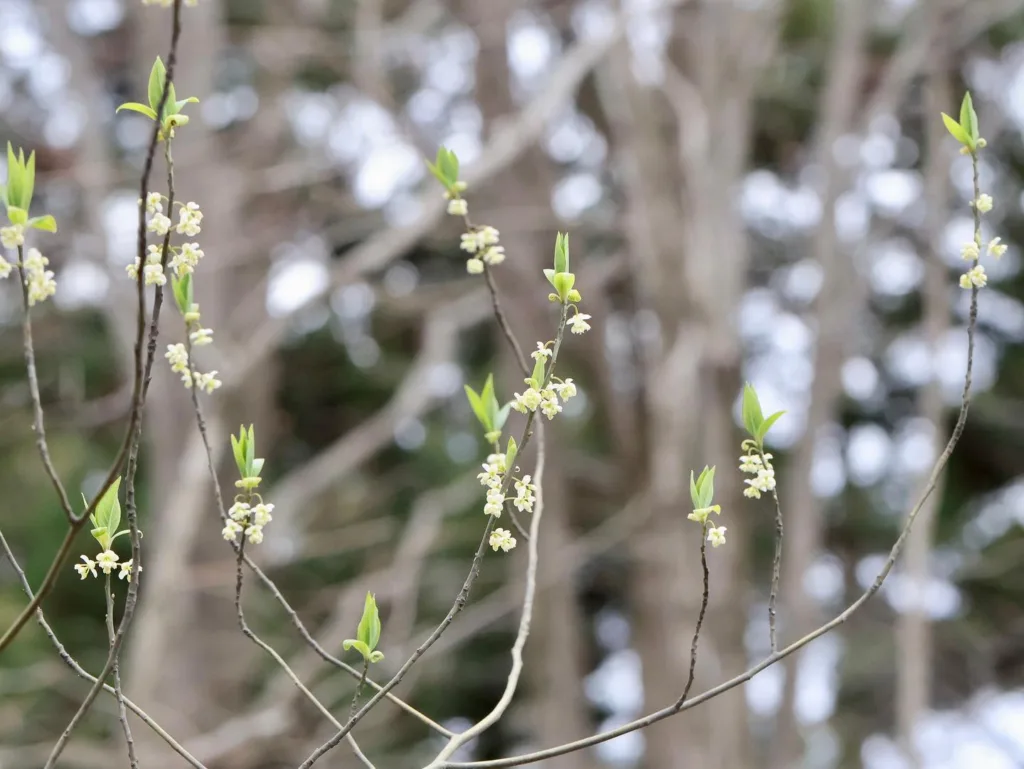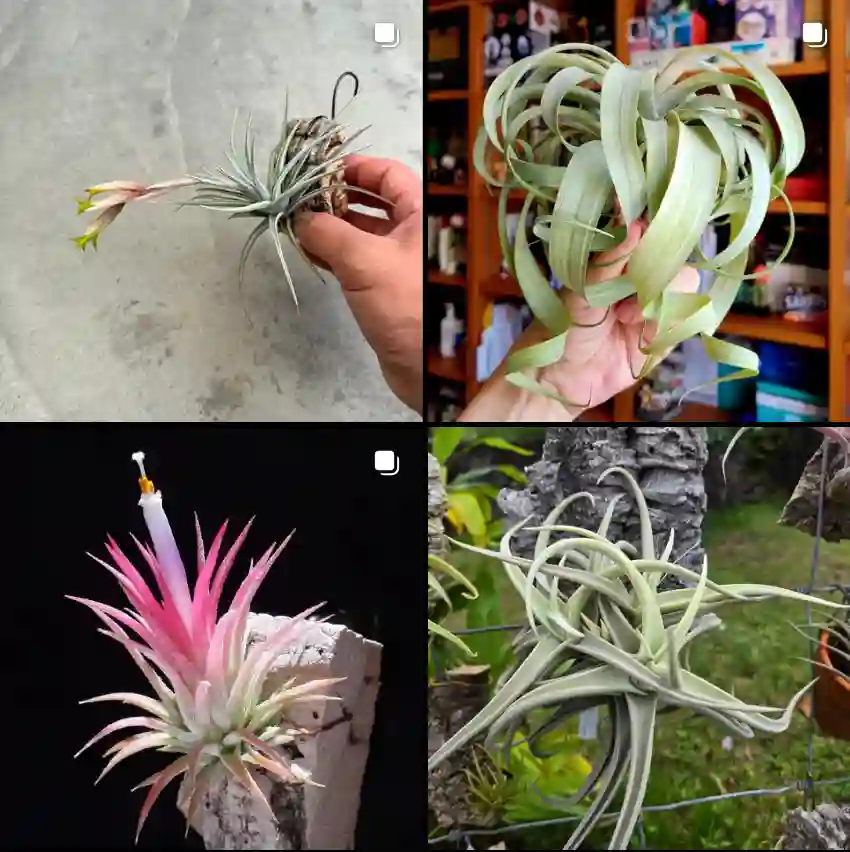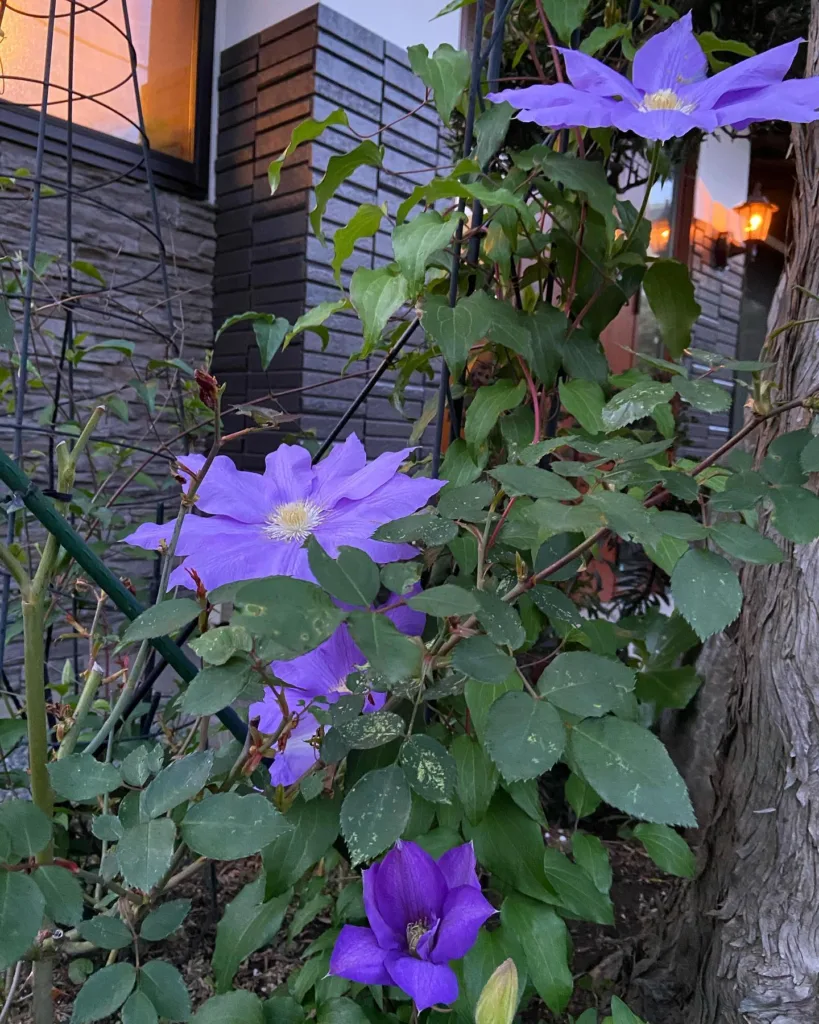Rheum: A Plant Genus Close to My Heart
My name is Ferb Vu, and I’ve always been fascinated by the natural world, particularly the plant kingdom. One genus that has always held a special place in my heart is Rheum, more commonly known as rhubarb. It’s a group of plants with a rich history, diverse uses, and a unique beauty all its own.
A Brief Overview of Rheum
Rheum is a genus of around 57 species of herbaceous perennial plants belonging to the family Polygonaceae. These plants are native to regions spanning from eastern Europe across Asia, with some species even reaching into the northern tropical zones of Asia. They are renowned for their large, somewhat triangular leaves that emerge from short, thick rhizomes. The plants also produce tall, upright stems that often bear clusters of small flowers.
What truly sets Rheum apart, however, are its edible stalks. Though technically a vegetable, rhubarb is often treated as a fruit in culinary applications. Its tart flavor makes it a popular choice for pies, jams, and other sweet treats.
Delving into the Diversity of Rheum
The genus Rheum boasts a remarkable array of species, each with its own distinct characteristics and uses. Here are:
- Rheum acuminatum Hook.f. & Thomson
- Rheum alexandrae Batalin
- Rheum australe D.Don
- Rheum austroiranicum Taheri & Assadi
- Rheum compactum L.
- Rheum cordatum Losinsk.
- Rheum coreanum Nakai
- Rheum darvasicum V.S.Titov ex Losinsk.
- Rheum delavayi Franch.
- Rheum fedtschenkoi Maxim. ex Regel
- Rheum forrestii Diels
- Rheum glabricaule Sam.
- Rheum globulosum Gage
- Rheum hissaricum Losinsk.
- Rheum hotaoense C.Y.Cheng & T.C.Kao
- Rheum inopinatum Prain
- Rheum iranshahrii Taheri & Assadi
- Rheum khorasanicum Baradaran & Jafari
- Rheum kialense Franch.
- Rheum kordestanicum Taheri & Assadi
- Rheum laciniatum Prain
- Rheum lhasaense A.J.Li & P.K.Hsiao
- Rheum likiangense Sam.
- Rheum lucidum Losinsk.
- Rheum macrocarpum Losinsk.
- Rheum maculatum C.Y.Cheng & T.C.Kao
- Rheum maximowiczii Losinsk.
- Rheum moorcroftianum Royle
- Rheum nanum Siev.
- Rheum neyshabourense Baradaran & Jafari
- Rheum nobile Hook.f. & Thomson
- Rheum officinale Baill.
- Rheum palaestinum Feinbrun
- Rheum palmatum L.
- Rheum persicum Losinsk.
- Rheum platylobum Rech.f.
- Rheum przewalskyi Losinsk.
- Rheum pumilum Maxim.
- Rheum racemiferum Maxim.
- Rheum rhabarbarum L.
- Rheum rhaponticum L.
- Rheum rhomboideum Losinsk.
- Rheum ribes L.
- Rheum spiciforme Royle
- Rheum subacaule Sam.
- Rheum sublanceolatum C.Y.Cheng & T.C.Kao
- Rheum × svetlanae Krassovsk.
- Rheum tanguticum (Maxim. ex Regel) Balf.
- Rheum tataricum L.f.
- Rheum telianum İlçim
- Rheum tibeticum Maxim. ex Hook.f.
- Rheum turkestanicum Janisch.
- Rheum uninerve Maxim.
- Rheum uzengukuushi Lazkov & H.J.Choi
- Rheum webbianum Royle
- Rheum wittrockii C.E.Lundstr.
- Rheum yunnanense Sam.
The Allure of Rheum
My fascination with Rheum stems from several factors. Firstly, I am drawn to its resilience. These plants are capable of thriving in a variety of climates, from the temperate zones of Europe to the high altitudes of the Himalayas. This hardiness speaks to a strength and adaptability that I find admirable.
Secondly, I appreciate the versatility of Rheum. It is a plant that offers both beauty and practicality. Whether it’s the ornamental value of species like Rheum nobile or the culinary uses of Rheum rhabarbarum, this genus truly has something to offer everyone.
Finally, I am intrigued by the rich history of Rheum. This plant has been used for centuries in both culinary and medicinal traditions across the globe. It’s a testament to the enduring value and importance of this genus throughout human history.
My Personal Experiences with Rheum
I’ve had the pleasure of cultivating several Rheum species in my own garden. There’s something deeply satisfying about nurturing these plants from small rhizomes to mature specimens. I’ve also experimented with rhubarb in the kitchen, incorporating it into pies, jams, and even savory dishes. The tart flavor of rhubarb adds a unique dimension to any recipe.
Beyond the practical aspects, I simply enjoy observing these plants in their various stages of growth. The emergence of the vibrant red stalks in spring, the unfurling of the large leaves, and the delicate beauty of the flower clusters all provide a sense of wonder and connection to the natural world.
Concluding Thoughts
Rheum is a genus that exemplifies the beauty, diversity, and practicality of the plant kingdom. Whether you’re a gardener, a cook, or simply someone who appreciates the wonders of nature, there’s something within this genus to capture your interest. For me, Rheum serves as a constant source of fascination and inspiration, reminding me of the intricate connections between humans and the natural world.
If i die, water my plants!



